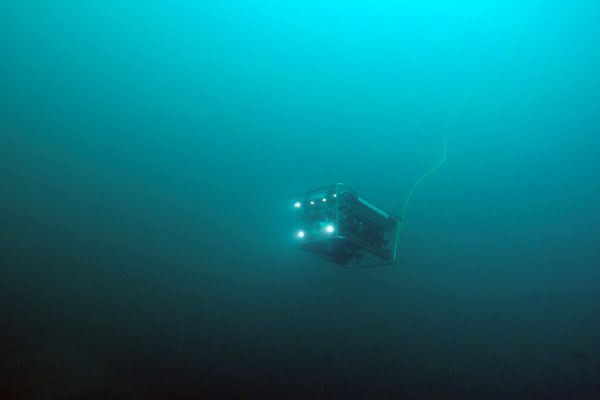Yeast Rescued From 220-Year-Old Shipwreck, Put to Work Making Beer
A beautiful gimmick.

Beer from the deep. (Photo: Mike Nash/Queen Victoria Museum and Art Gallery, Sydney Cove collection)
In 1796, the Sydney Cove sailed from India with a cargo of goodies, including tea, tobacco, and, most importantly, booze. The ship was headed towards Sydney, Australia, but, rounding the continent’s southern coast, it sank near Preservation Island, where the wreck was discovered centuries later, in 1977. Among the artifacts found in the ship were still-corked bottles of wine and beer. Now, 220 years after the ship sank, a team of scientists have rescued surviving brewer’s yeast from those bottles and used it to make new beer.
“The beer has a distinctly light and fresh flavour, giving a taste that has not been sipped for two centuries,” David Thurrowgood, a museum conservator and one-time chemist, told Australian Geographic.
The bottles were brought to the surface in 1990 and decanted. Twenty-five years later, Thurrowgood started wondering if the alcohol samples might still contain yeast. A team of DNA specialists examined the samples and found two types of live yeast, one a common yeast used in breweries, the other, Brettanomyces, a throwback that’s not often used in beer these days.
There’s an obvious question here: how do they know the yeast is old and not modern yeast that happened to find a home in the very old beer? The scientists considered that. The yeast DNA “have genetic sequences unique to science,” Thurrowgood told Australian Geographic, which convinced the researchers that they’re dealing with granddaddy yeast.
Right now, there are limited opportunities to taste this beer, but the museum is looking to put its old yeast to work making a commercial beer, that could help financially support the collection of artifacts from the shipwreck. Beer fermented by this yeast probably won’t taste dramatically different from beer by a yeast lineage that didn’t come from a shipwreck, but, as gimmicks go, this is an excellent one.








Follow us on Twitter to get the latest on the world's hidden wonders.
Like us on Facebook to get the latest on the world's hidden wonders.
Follow us on Twitter Like us on Facebook